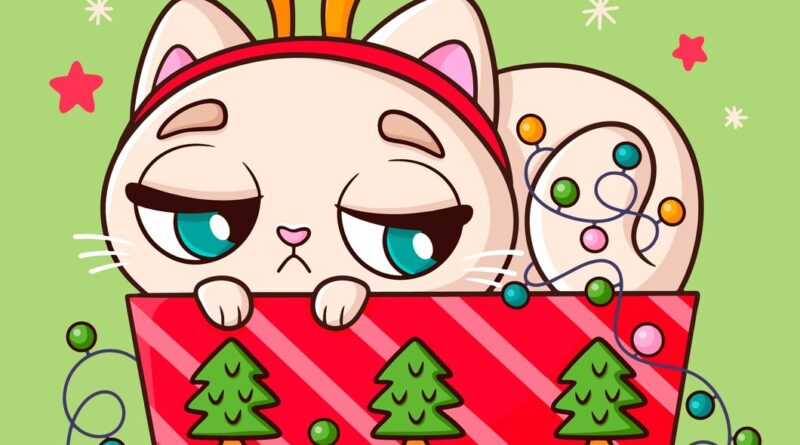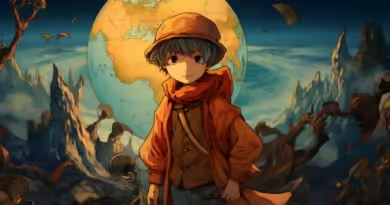Kawaii:zzkrcgmtkfc= Dibujos The World of Cute Drawings
Kawaii:zzkrcgmtkfc= Dibujos The adorable style of Japanese art known as kawaii originated there. These irresistible paintings include bold colors, basic forms, and adorable figures with wide eyes. Kawaii dibujos, or cute drawings, have exploded in popularity throughout the world, appealing to viewers of all ages with their charming simplicity and endearing sense of humor.
How Kawaii Art Began
The 1970s and 1980s were formative years for Japan’s kawaii culture. Cuteness became a form of self-expression for the youth. The kawaii trend was popularized by brands such as Sanrio, which is famous for Hello Kitty. Fashion, toys, and commonplace objects all included kawaii art as it rose to fame. Kawaii quickly became an integral aspect of Japanese popular culture as artists included it into their paintings, comics, and animations.
Key Features of Kawaii Drawings
What sets kawaii art apart from other forms is:
- Simple Designs: Because of the emphasis on simple forms and straight lines in kawaii art, the figures are instantly recognizable.
- Big Eyes, Tiny Mouths: These exaggerated features give characters a charming, welcoming aspect.
- Bright and Pastel Colors: Colors like pink, blue, and yellow prevail, producing a cheery feel.
- Soft, Rounded Shapes: Kawaii art avoids harsh edges, embracing soft, rounded shapes that accentuate attractiveness.
- Expressive Faces: With only a few words, kawaii characters portray emotions like delight, sorrow, or surprise.
Why Kawaii Art Is So Popular
Kawaii art’s appeal extends beyond its charming aspect. Here’s why people adore it:
- Emotional Connection: Kawaii artwork typically remind us of childhood. They feel warm and welcoming, elevating moods with their cheerful grins.
- Easy to Draw: You don’t need to be a good artist to draw kawaii. The basic designs make it accessible for everyone.
- Endless Creativity: Kawaii art can render everything cute—from food to animals to fictional beings. This makes it enjoyable and adaptable.
- Social Media Influence: Platforms like Instagram and TikTok have enhanced kawaii art’s appeal. Artists share their work, communicate with admirers, and encourage others to create their own kawaii art.
Tips to Start Drawing Kawaii:zzkrcgmtkfc= Dibujos
Creating your own kawaii drawings is easy. Here’s how to start:
- Use Basic Shapes: Start with circles, ovals, and other basic forms to build your character’s body.
- Focus on the Face: Draw huge eyes and a little mouth. Keep things simple—this is the core of kawaii art.
- Add Cute Details: Accessories like ribbons, stars, or hearts may lend a personal touch.
- Play with Colors: Use pastels and gentle tones to make your drawing bright and happy.
Conclusion
Kawaii:zzkrcgmtkfc= Dibujos provide delight to people everywhere. Whether you’re a novice or an expert artist, this style invites anyone. Its focus on simplicity and attractiveness makes it a delightful method to exhibit creativity. Grab a pencil and delve into the lovely world of kawaii painting!
FAQs About Kawaii Dibujos
- What is Kawaii art?
Kawaii art is a Japanese style of artwork recognized for its charming, simple patterns, bright colors, and figures with huge eyes and little lips. - Why is Kawaii art so popular?
Kawaii art is popular because it’s simple to produce, emotionally uplifting, and appeals to people of all ages with its charming and joyful design. - Can anyone draw Kawaii art?
Yes, anybody can draw Kawaii art! Its basic forms and motifs make it approachable, even for novices. - What tools do I need to start drawing Kawaii?
You may start with simple instruments like pencils, pens, and markers. Digital art applications like Procreate or drawing apps also work nicely. - How can I make my Kawaii drawings cuter?
Use soft colors, add delightful embellishments like sparkles or hearts, and emphasis on expressive characters with wide eyes and little lips.




